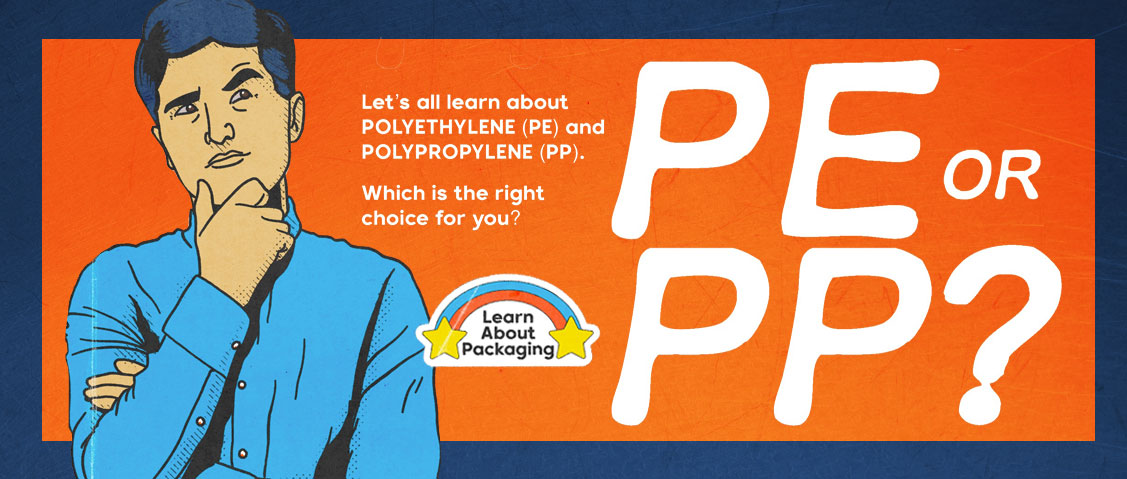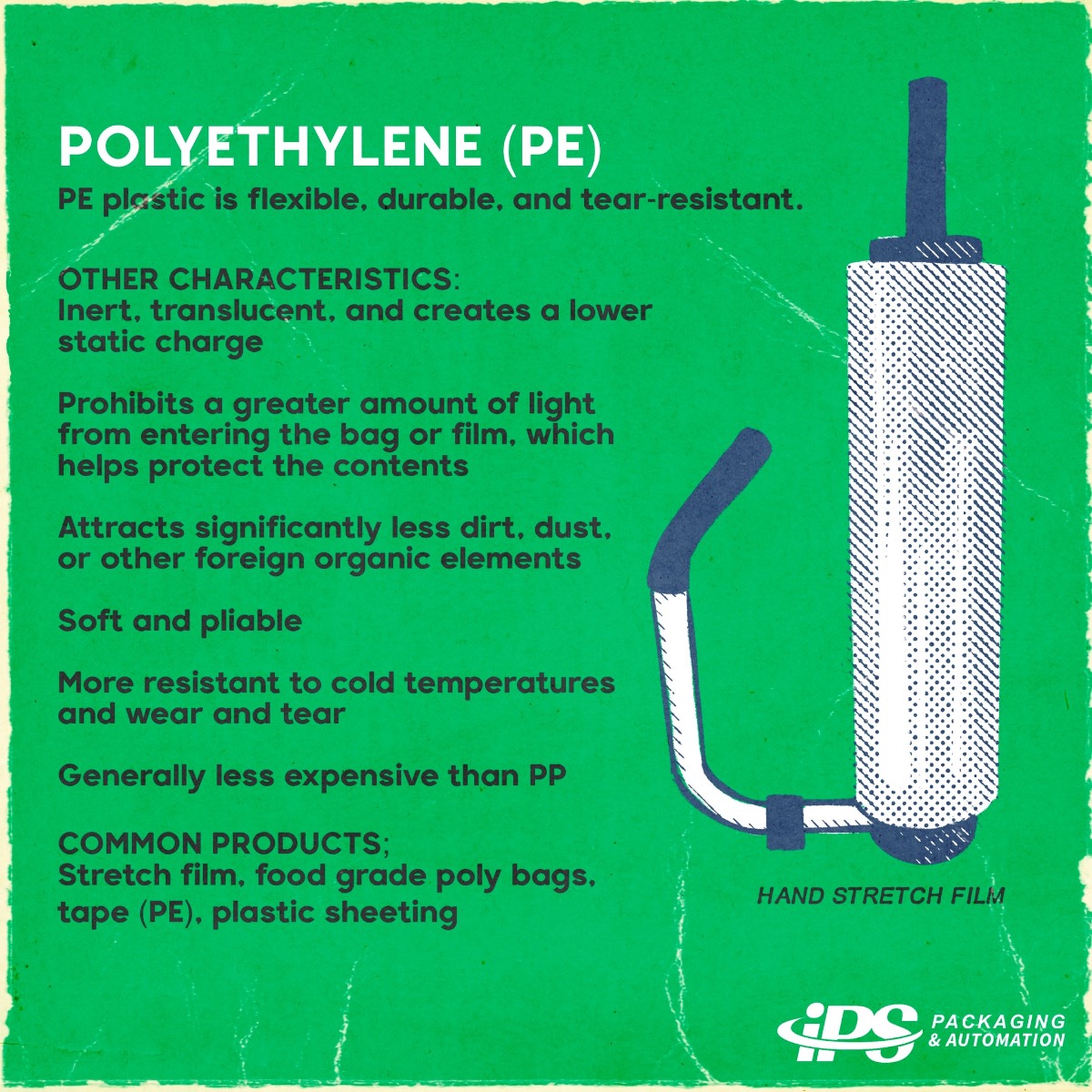
PE vs. PP
When it comes to which is the best for your application, plastics can often seem complicated and confusing. We all know that no two types of packaging are created alike, and that means that different varieties of plastic and poly materials are needed for different applications. Below, we're covering two of the most common types of plastic — polyethylene (PE) vs. polypropylene (PP) — and the key differences between them.
Polyethylene (PE)
Polyethylene (PE) plastic is flexible, durable, and tear-resistant. These three characteristics are each a necessity when you need to packaging heavy-duty items within your poly bags. That means that industrial companies often utilize polyethylene storage bags for large, heavy items, such as industrial machining parts.


Polypropylene (PP)
A polypropylene bag is high clarity and crystal clear in order to enhance the image of whatever product is inside. This PP bag offers a highly protective barrier against both moisture and vapors. These poly bags delay evaporation and dehydration to preserve the freshness and taste of packaged foods. Generally, PP plastics are stronger, clearer, and more expensive than their PE plastic counterparts. Polypropylene bags are great for the following industries — food, electronics and electronics manufacturing, hospitals, agriculture, and more.
Plastics for All Applications
Polyethylene (PE) and Polypropylene (PP) are used in much more than just poly bags. From stretch film to tape, plastic sheeting to strapping, plastic is everywhere. Better yet, both materials are recyclable, which makes them a great choice for those with sustainability in mind. Check out the links below to shop our products and see how we can help you.


